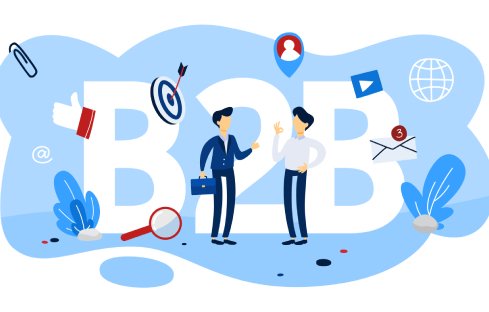
B2B lead generation campaigns take time to be optimized and get the desired results. We often see organization leaders, especially the ones who do not come from a sales background, being impatient in the initial stages of the campaign. Early inputs from the leadership can help optimize the campaign much faster. However, frequent tinkering in campaigns often leads to subpar results without an understanding of what went wrong. In this article, we list down frequent mistakes that people commit while evaluating initial responses which can derail B2B lead generation campaigns.
Disproportionally focussing on the anecdotal negative responses
B2B lead generation campaigns are meant to be outreach programs. A good B2B lead generation campaign targets the right prospective clients and the relevant designations. However it is natural that not all these companies have requirements for your product or solution. Moreover, this might not be the right time for them to evaluate such a solution. This is simply the nature of any outreach program.
Organizations often focus on one or two negative responses. This could simply be someone mentioning that they are not interested in our offering. In rare cases someone might mention displeasure at being approached. These are edge cases and need to be ignored. If campaigns are changed based on such edge cases, they are likely to be ineffective.
Evaluating the campaign on the wrong metric
In the initial stages of your campaign, you are experimenting with various parameters of the campaign including the targeting: industries, company size, designations etc. as well as the messaging. The objective at this point is to evaluate what parameters are working better for your campaign. If any combination of parameters are working well for you, it provides an opportunity to scale it further.
Organizations can disrupt this process of optimization by looking just at the overall conversion rate. There are two issues that arise with this approach. Firstly the campaign might be working really well with a certain kind of buyer & organizations while being a complete dud in another industry. Secondly, the campaign might be doing well in a certain stage of the funnel, but breaking down at another point. Eg. High curiosity to see a product deck, but few demos scheduled after that. These are individual elements that need to be optimized in any B2B sales process. Merely looking at an overall conversion number is unlikely to get you to discover or optimize these.
Evaluating the campaign too soon and with too small a sample set
There are several external factors that could impact short term results of your campaign. Holiday seasons, quarter ends etc. all have an impact on short term response rates. Moreover, unlike B2C instant purchases, B2B sales cycles including individual sales stages take much longer. We often hear clients mentioning that they tried an outreach process for 20-30 clients over a couple of weeks and it did not work.
One individual lead generation campaign needs to have a sufficient number of prospects and needs to be run for a sufficient length of time. At a minimum one should look at 100 reach outs in each individual campaign with 3 weeks of time before evaluation. We typically insist on a one month assessment period with 3 or 4 variation of campaigns each containing ~200 reach outs.
Before starting B2B outreach, one must identify the scope, objectives and the evaluation parameters for the outreach campaign. Individual campaigns or variations should then be tested against these parameters. Hastily done overall assessments often leads one to premature abandoning of potentially rewarding campaigns and a vicious circle of moving from one failed campaign to another.

If you need our help in Sales Development, please write back to me at saurabh@salesdesign.co.in
For more information B2B Lead Generation Get in touch



